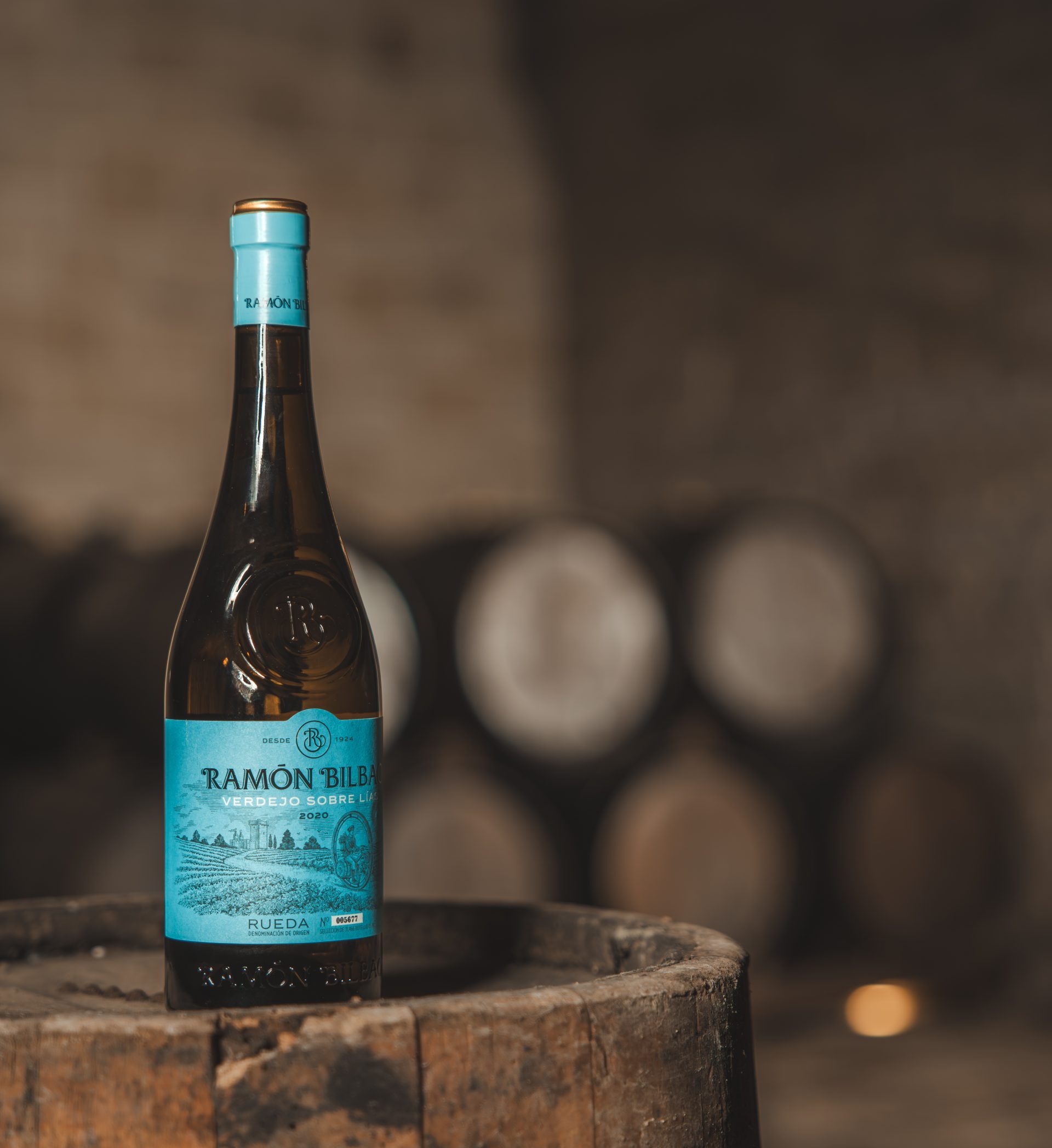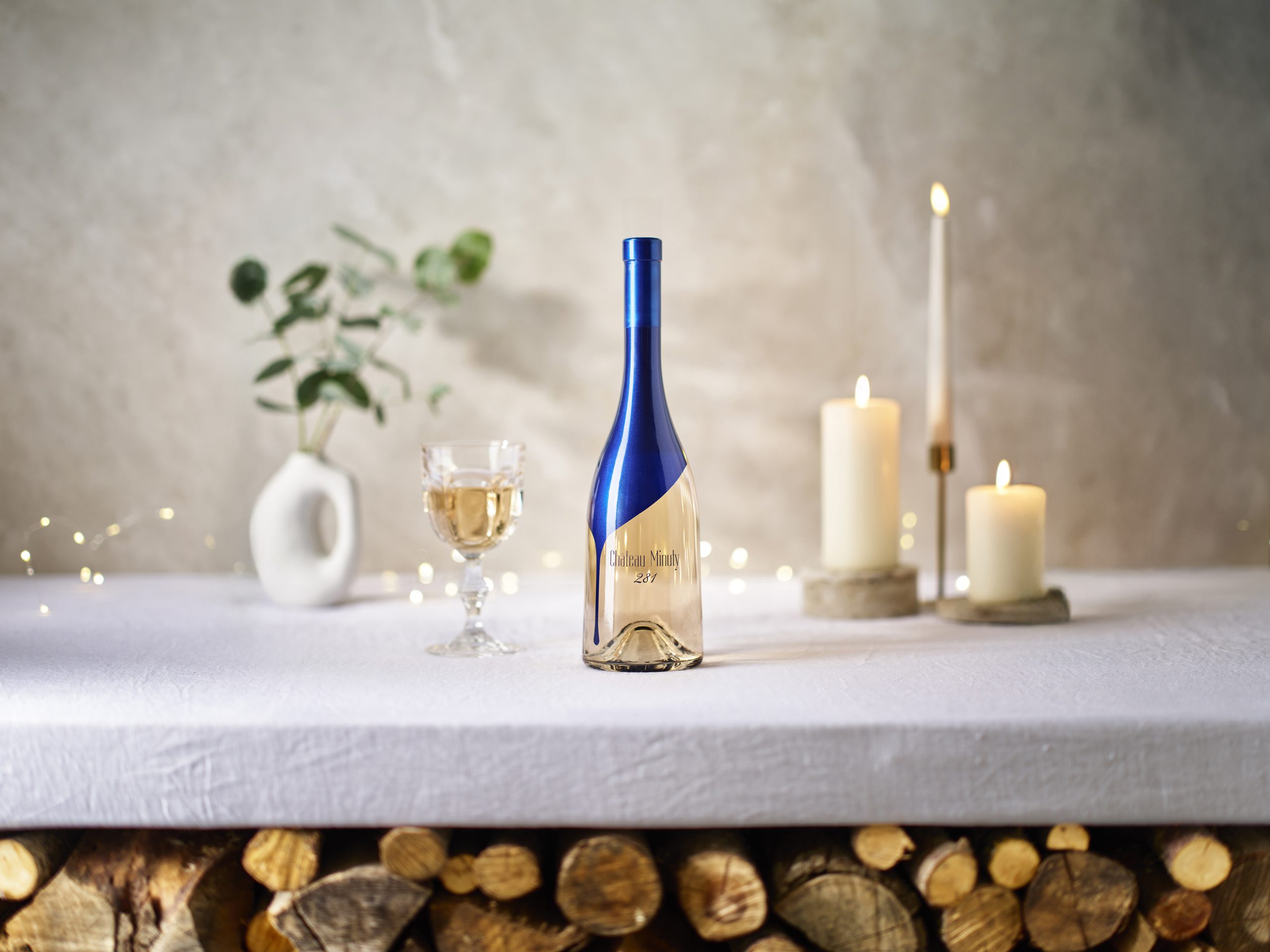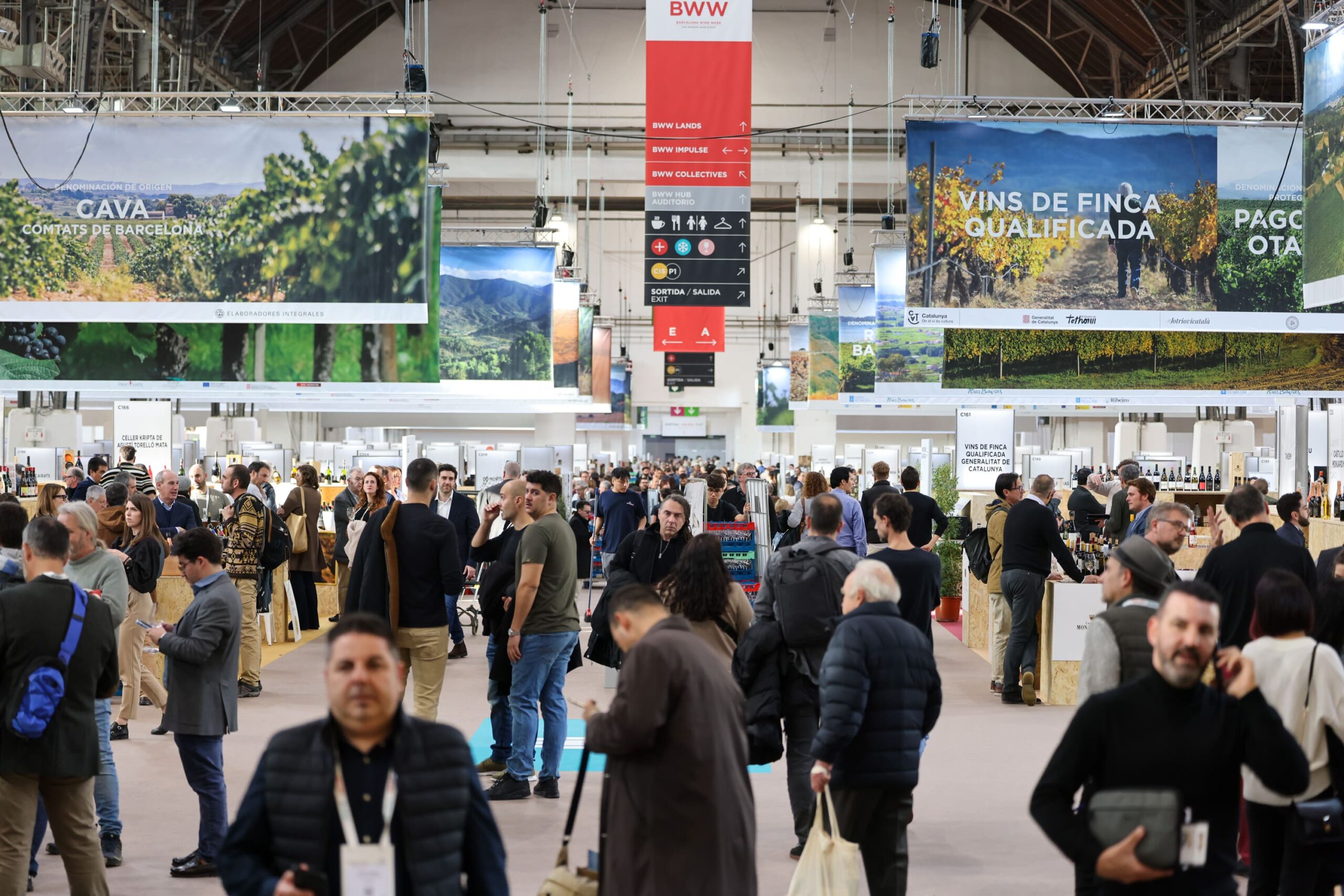10 of the world’s lowest calorie wines
Enjoying a glass of wine need not be a considered a treat, especially when you are sipping on a low calorie wine. But can low calorie wines still hit the spot?
Drinks companies have poured millions of pounds into deciphering the recipe to a wine that not only tastes great, but caters to those looking for a lower calorie serve.
Supermarkets have worked hard to introduce stronger and larger ranges of lighter wines, while the New Zealand wine industry has ploughed £8.5m into finding a way to produce lighter wines without compromising on taste.
Tapping into increasing consumer demand for lower alcohol wines, the NZ$17 million “Lifestyle Wines” project was first announced in 2013.
Funded by the New Zealand government, NZ Winegrowers and around 15 individual wineries, the project is working to develop new ways of working in the vineyard, the winery and responding to changing market demands in order to position New Zealand as a premium producer of low alcohol wines in the future, aiming for an abv of 8-10%.
Meanwhile, Pernod Ricard committed to providing a web link to nutritional information on the labels of all of its strategic brands in 2017, following a report by the EU Commission inviting the trade to devise its own calorie labelling strategy. Diageo and AB InBev have made similar pledges, providing nutritional information on a voluntary basis through a combination of online information and on-pack labelling.
While low-cal wines have no set industry standard, they are generally at least 15% lighter than the standard 120 to 130 calories found in a 150ml serving. Some wines are carried on this trait alone, pitched as ‘skinny’, while others by virtue of their lower alcohol content are naturally lower in calories. Getting a balance between the alcohol content and resulting calories is the trick.
Here, we have taken a look at low calorie wines that still have a decent abv, 7% and above, but carry fewer calories.
Watch our video roundup of five of the lowest calorie wines in the world right here:
Click here for our analysis of no and low alcohol wine trends, and Five no and low trends to watch out for in 2020.
10. The Doctors’ Sauvignon Blanc
Calories per 125ml: 67
ABV: 9.5%
Forrest Winery was a frontrunner of the low-alcohol wine movement in New Zealand, first launching The Doctors range in 2006.
John and Brigid Forrest, who have PhDs in Neurophysiology and Medicine respectively, first conceived the range with a Riesling. A Sauvignon Blanc followed in 2009 and then in 2017 a Pinot Noir and a rosé, made from Pinot Noir and the aromatic Arneis, was added. All wines in the range are 9.5% abv and are made “with no chemistry tricks or genetic engineering wizardry. Just sustainably grown, naturally produced lower alcohol wine”.
Last year, Dr John Forrest gave an interview to the drinks business, in which he spoke out against the rise of zero % abv wines in the UK, saying that he finds the concept “offensive”.
“Our wines are for socialising and enjoying with friends, but still staying sharp,” the pair state on their website.
“The Doctors’ are impeccably structured, full flavoured, lower alcohol lifestyle wines, with no compromises in the wine growing process and – more importantly – no compromises to your wine drinking experience.”
The range is available in the UK at Waitrose and Tesco.
9. Skinny Prosecco 1754
Calories per 125ml glass: 85
ABV: 11%
Skinny Prosecco 1754 contains just 0.25g of sugar per 125ml serving, meaning that it comes in at just 85 calories per glass.
Founded in 2010, the brand’s headquarters and distribution centre are based in Wakefield in the UK. The team sources its grapes from a 400-year-old boutique vineyard in the Veneto, northern Italy, with grapes grown on south facing hillsides only. It also produces a ‘full sugar’ version of the brand.
While its wholesale business is temporarily closed during the Covid-19 pandemic, its consumer business is still up and running, delivering across the UK from its website.
8. Thomson & Scott Organic Prosecco
Calories per 125ml glass: 84
ABV: 11%
An early adopter of the skinny fizz trend, the Skinny range of sparkling fizz was founded by former BBC broadcaster Amanda Thomson in 2014 and included a Prosecco, Champagne, Cava and Franciacorta, capitalising on a move towards healthier drinking and calorie-counting consumers, alongside the Prosecco boom.
As previously reported by db, the Skinny brand was first launched with a zero dosage fizz from Alexandre Penet – a Champagne house renowned for its low-dosage cuvées – which was later followed by a similarly bone-dry rosé.
Now, the range has been rebranded and streamlined to include an organic Prosecco under the Thomson & Scott label, formally Skinny Prosecco and still low in calories, alongside Noughty, an alcohol-free sparkling wine.
Thomson and Scott Organic DOC Prosecco contains 84 calories per 125ml glass and 7g of sugar per litre, compared with the more common 12 to 15g range. It is produced from Glera grapes grown on the south facing slopes of the Dolomite foothills, close to Soligo, North East Italy.
7. WW Cense
Calories per 5oz (140ml) glass: 85
ABV: 9.6%
In 2015 WW (Formally Weight Watchers) teamed up with Cense Cellars to produce a new low calorie wine, leading to the creation of its new range of WW Cense Wines, produced with winemaker Haydn Mouat and the Truett-Hurst Winery in the Dry Creek Valley and Russian River Valley of California’s Sonoma County. The range initially launched with a Marlborough Sauvignon Blanc and a rose from California.
Both wines are only 3 “SmartPoints”, which equates to around 85 calories per 5oz serving (140ml). A Methode Champenoise sparkling wine from California and a Cabernet Sauvignon from Paso Robles has since been added, all coming in at 3 “SmartPoints” each.
Speaking at the time of its launch, Mouat said: “We spent two years working with WW researching Cense Wine. We went back and forth, tasting, testing, and tweaking, prior to perfecting it! The first Cense Wine varietal launched was Sauvignon Blanc.
“It’s a light, aromatic blend. And the second, the California Rosé, has floral aromas with strawberry and cherry hints. The quality of this wine is something I’m really proud of. It’s a great wine, it’s a serious wine, and I’m really excited about the relationship we have with WW.”
Partner Content
6. Yellow Tail Pure Bright
Calories per 125ml glass: 79
ABV: 8.5%
One of the biggest wine brands in the world, Australia’s Yellow Tail last year announced the launch of a new lower ABV wine range in the UK. In line with Pernod Ricard’s strategy, Casella Family Brands, which owns Yellow Tail, cited changing attitudes toward alcohol to have led them to launching a lighter wine range in the UK.
At the time of its launch, head of strategy, Michael Sergeant, said health and social drivers were impacting the wine category in many ways, with drinking more moderately an aspiration for more people than ever, but that concerns over the taste of lighter wines was holding the category back. Pure Bright seeks to address this, with the aim of offering the same varietal characteristics of a Pinot Grigio, citing notes of red apple, pear and passionfruit, but at a lower abv.
At 8.5% Pure Bright Pinot Grigio carries 79 calories per glass, with the range also including a Sauvignon Blanc, Chardonnay and rosé. The wines are available in Tesco at £7 each.
5. SL’M Wine
Calories per 125ml glass: 75
ABV: 11%
Another brand jostling for space in the low calorie fizz market is SlimLine Wine, which lays claim to being the UK’s first 0g sugar, 0g carb wine. Produced in the Piedmont region of Italy, its range of “guilt-free” wines includes an Italian sparkling wine made from Pinot Grigio, Pinot Noir and Chardonnay, and a rose variant made with Pinot Noir, Chardonnay and Barbera under the SL’M wine label.
There’s also a low calorie bag-in-box called La Rossa red made from Merlot and Barbera, and a Il Bianca white made from Sauvignon and Chardonnay.
“We hope zero-sugar wines will appeal not just to slimmers, but also those with health problems such as diabetes. As well as ruling out added sugar,” the team states on its website.
4. Follador Brut Nature Millesimato Pas Dosé
Calories per 125ml glass: 75
ABV: 11.5%
In 2018 Follador launched a new, vegan friendly, low-calorie sparkler with just 75 calories per 125ml glass. The Brut Nature Millesimato Pas Dosé has been made using the Krios system, which uses inert cryogenic gas to reduce the temperature of grapes during crushing, removing the air and eliminating the unfavourable effects of oxygen on a wine in the pressing phase.
This process has also allowed Follador to reduce the level of sulphites used in its wines by 30%. Follador claims to be the first producer in Valdobbiadene to experiment with the Krios system, and has now trademarked the entire process under the name the ‘Gianfranco Follador Method’.
From the 2017 vintage all of Follador’s Proseccos, produced across four DOCGs in Valdobbiadene in the ‘Torri di Credazzo’ Cuvée, Cartizze, Brut and Extra-Dry categories, will undergo the Krios system.
This new sparkler is described as having “an important, harmonious structure” with aromas of “green apple, pear, lime, citrus and fresh flowers”.
3. Brancott Estate Flight Series
Calories per 125ml glass: 75 (Sauvignon Blanc and Pinot Gris), 72 (Sparkling Sauvignon Blanc)
ABV: 9%
Last year New Zealand’s Brancott Estate, owned by Pernod Ricard, relaunched its 9% ABV wine range, the Flight Series. Comprising a Marlborough Sauvignon Blanc, Pinot Gris and sparkling Sauvignon Blanc, each wine carries around 20% fewer calories than the typical wine produced from the same grape variety. Rather than using alcohol removal techniques, the wines are produced from grapes that have been harvested early, with a lower sugar content and higher acidity.
Speaking about the relaunch last year, Pernod Ricard UK said now was the right time to reintroduce these wines to the UK market, having been last available in 2015 when it said the appetite for such wines was “not as strong”.
The range is available at Sainsbury’s in the UK.
2. St Louis de Provence
Calories per 125ml glass: 74
ABV: 13%
The Saint Louis Provence is made by Estandon Vignerons in Provence, and is notably light at just 74 calories a glass, according to Skinnybooze.co.uk. A blend of Cinsault, Grenache, Syrah and Carignan, grapes used are grown in Coteaux Varois en Provence, which owes much of its character to a series of limestone and clay-limestone soils oriented from east to west with alternating seams of gravel and flint.
The Estandon brand itself was founded in 1947 by Jean Bagnis. Then, in 1973, wine growers from the wine cooperatives and other players in the Var created a Union of cooperatives, pooling their expertise. Over the following years, other wineries in the Var and Bouches-du-Rhône areas joined the group, adopting the Le Cellier de Saint Louis brand. In 2005, the Vignerons des Caves de Provence, owners of the Estandon brand, joined the Union, thereby creating the “Cercle des Vignerons de Provence”, representing 10% of Provence wine production at the time, and becoming Estandon Vignerons.
The vineyards used to produce Saint Louis Provence are currently undergoing organic conversion over a period of three years.
1. Sumika Shiraz, 2017
Calories per 125ml glass: 65
ABV: 8.5%
Launched by Marks and Spencer in 2017, the Sumika ‘reduced calories and alcohol’ label carries just 65 calories per 125ml serving, and manages to retain its ABV at 8.5% through a process of spinning cone technology, which removes alcohol, and the addition of non-fermented grape juice.
The wines are made exclusively for M&S by South Africa’s Journey’s End winery in Stellenbosch, which is managed by Rollo Gabb and winemaker Ben Jordaan.
The range also includes a Sauvignon Blanc, and a rosé, made with Cinsault grapes.
The name Sumika means light in Japanese.




